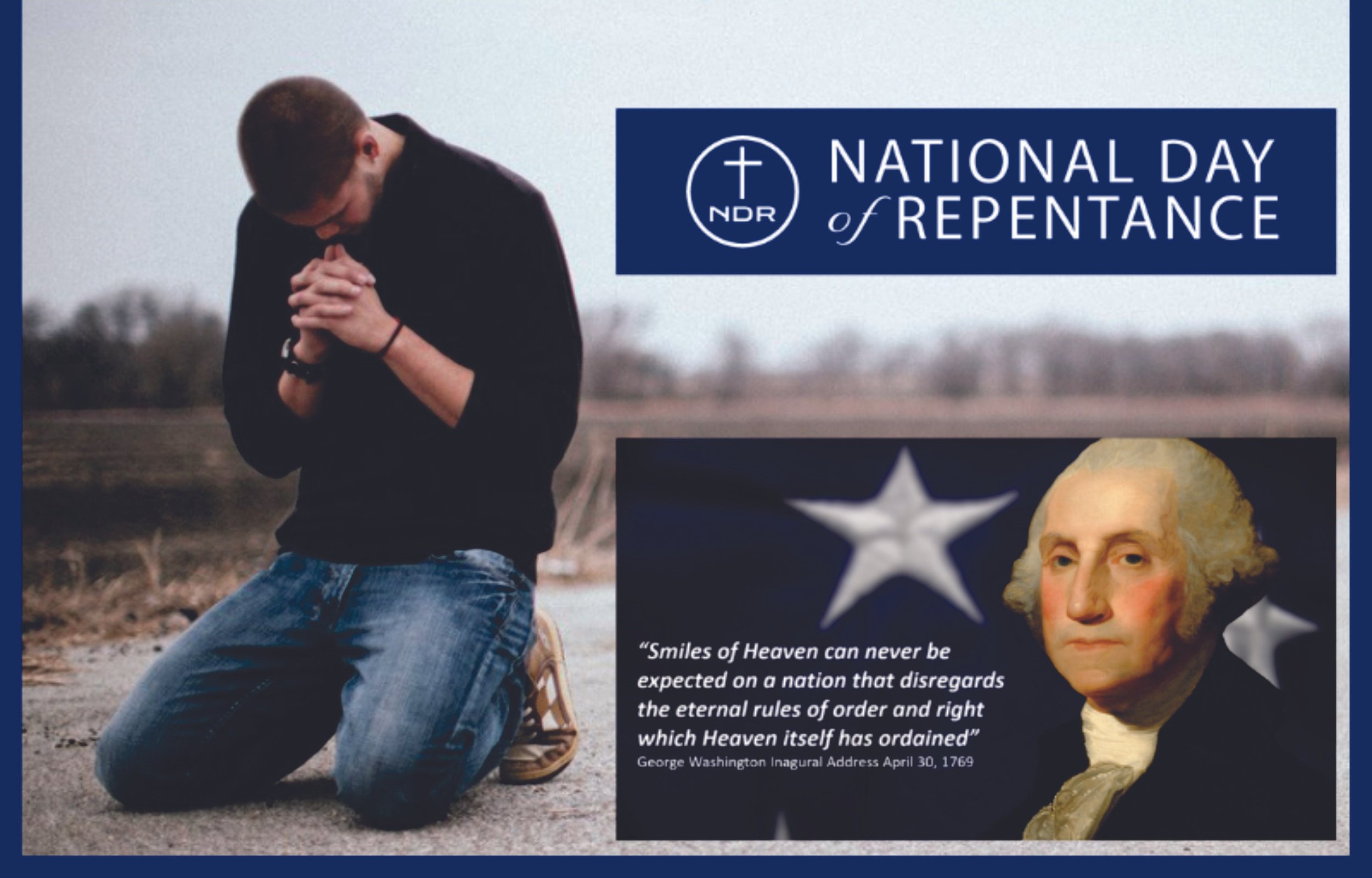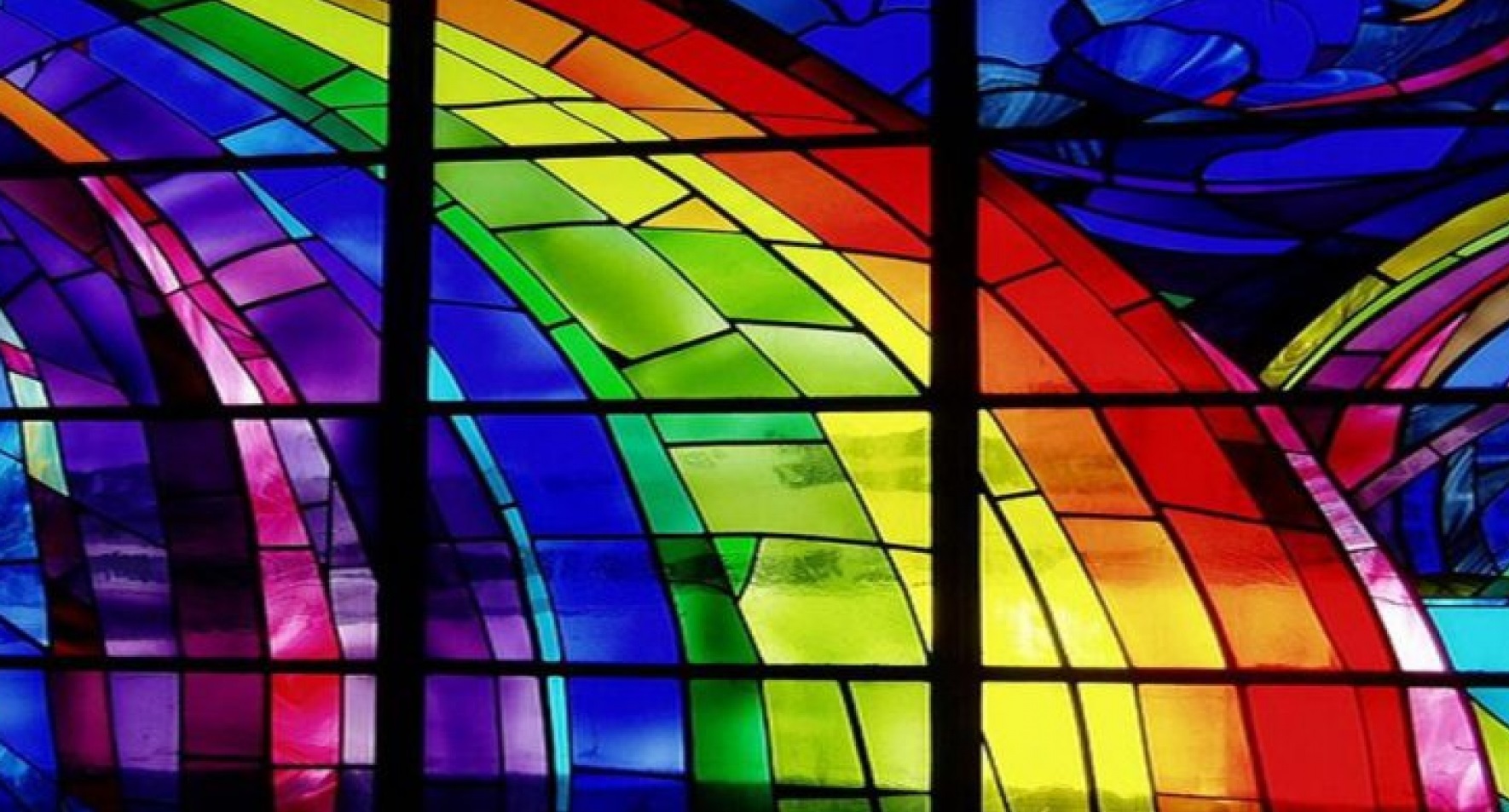
How Buddhism Points to Jesus
Let’s be honest, it’s the world’s most fashionable religion. Buddhism has an exciting mystique about it, especially for us spiritually starved Westerners.
Mindfulness has gone mainstream, along with Zen gardens and the Dalai Lama. Buddhist themes light up our cinemas, from The Matrix to Kung Fu Panda and every Star Wars film in history.
Christians are sometimes known for their fear of other religions. But what if we got over ourselves and asked what we can learn from Buddhism — and how it might point people to Jesus?
Origins and Influence
The Buddha lived long before Christ. He was born Siddhartha Gautama, a Hindu prince, in the 5th or 6th century BC. A prophecy foretold that he’d become the greatest founder of the greatest religion in the world. Fearing this, his father kept him safe inside a palace.
But that would never last. One day Gautama ventured outside, and on his travels he encountered an elderly person, a sick person, and a corpse — confronting him with the reality of human suffering.
He called this the wheel of suffering, and he made it his life’s mission to find an escape from it. At age 29, he abandoned his wife and son and gave up everything to live as a poor man. Following the Hindu tradition, he wandered the Ganges river to mediate, fast, and learn from gurus.
“A prophecy foretold that he’d become the greatest founder of the greatest religion in the world.”
Desperate to be free of suffering, Gautama sat under a tree and vowed not to get up until he was enlightened. Six years after his search began, the moment arrived. He became the Buddha or enlightened one — and a new world faith was born.
The Buddha’s teaching career continued until his death at age 81, during which time huge crowds followed him. 2,500 years later, Buddhism is the world’s fourth largest religion; the dominant faith in a dozen countries; and is practiced by half a billion people.
The Heart of Buddhism
Buddhism is complex and varied, drawing on Hindu ideas like karma and reincarnation, and mixing with many other beliefs as it spread through Asia. But in all its diversity today, it’s built on one simple idea: escape from suffering. The Buddha developed this in his Four Noble Truths.
1. The Existence of Suffering. To live is to suffer. Sadness, fear, worry and loss are all part of life. Even pleasure is fleeting. This too is a form of suffering.
2. The Explanation for Suffering. Suffering is caused by desire. We experience the pain of hunger, for example, only because we desire food; we experience grief and fear of death only because we desire life.
“Buddhism is built on one simple idea: escape from suffering.”
3. The End to Suffering. Suffering ends when desire ends. The end goal of Buddhism is nirvana — to end all desire by realising that we don’t really exist, so we can live in this world with complete detachment.
4. The Escape from Suffering. There is a way to be free. The Buddha had been a prince and a pauper, but neither experience dealt with suffering at its root. Under that tree, the Buddha found a Middle Way between these two extremes — also known as the Eightfold Path to end suffering:
Right understanding | embracing the Four Noble Truths
Right direction | aiming for a life of detachment from this world
Right speech | speaking truthfully, kindly, and gently
Right conduct | acting non-violently and compassionately
Right livelihood | finding a vocation fitting with Buddhist beliefs
Right effort | endeavouring to live a worthy and meritorious life
Right mindfulness | realising that all sensations are illusory
Right concentration | meditating to remove all distraction
This, in a nutshell, is Buddhism. Notice that God wasn’t mentioned? That’s because the Buddha was silent on the existence of God. In fact he was even silent on the origin of the universe. His goal was simply to discover a life of serenity that transcended suffering.
(Religion is still an accurate word to describe Buddhism. Most Buddhists today pray and take part in other rituals; one branch worships the Buddha as a god).
The Buddha and Jesus
In comparing Buddhism and Christianity, we must avoid two extremes. One is syncretism: combining these two faiths and ignoring what makes them unique and incompatible. The other is ostracism: rejecting the Buddha and his teachings completely.
There is a better way — a middle path, if you will. It involves caring enough about Buddhists to find points of contact between their beliefs and the Gospel; taking down our walls and instead building bridges; asking how Buddhism can deepen our gratitude for the good news of Jesus.
“The Buddha’s goal was to discover a life of serenity that transcended suffering.”
First, the Buddha’s spiritual commitment is astounding, and it puts many of us Christians to shame. Am I seeking Jesus as passionately as the Buddha sought enlightenment? Am I as desperate to be free from sin as he was from suffering? Do I meditate on God’s Word — at all?
But let’s go a level deeper and explore Buddhism’s Four Noble Truths. How does Jesus answer the Buddha’s deepest questions about life?
1. The Existence of Suffering. Suffering is part of our life in this world. Scripture says that Adam and Eve’s sin brought a curse on the world, and now all creation groans as we long to be released from sin and suffering.
2. The Explanation for Suffering. Left unchecked, our desires do lead to misery. In the words of James, they entice us, drag us away and lead to sin, which gives birth to death. The Bible even describes us as slaves to sin — caught in our own endless wheel of suffering.
“The Buddha’s spiritual commitment puts many of us Christians to shame.”
3. The End to Suffering. The Gospel offers a remarkable solution. Not unlike the Buddha, Jesus stepped down from His heavenly palace to identify with a broken human race. But rather than seeking an escape from it, Jesus took our sin and suffering into Himself at the cross. All who are enlightened to this, God welcomes into an eternal serenity where suffering is no more.
4. The Escape from Suffering. Jesus Himself is the path to end suffering. He is the way, the truth and the life. Suffering will still touch us in this life, but as we follow Him, His Spirit enables us to live detached from sin, and to act with truth, gentleness and compassion — and many other virtues the Buddha taught.
Not so that we can earn our escape from suffering, or finally reach enlightenment. But because we’ve already experienced this in Jesus, the truly enlightened one.
___
Check out the rest of this series:
___
Sources
Cioccolanti, Steve. From Buddha to Jesus: An Insider’s View of Buddhism and Christianity. Oxford, UK: Monarch, 2007.
Claydon, David. Connecting Across Cultures: Sharing the Gospel Across Cultural and Religious Boundaries. Melbourne: Acorn Press Ltd, 2000, 99-108.
Dickson, John. A Spectator’s Guide to World Religions: An Introduction to the Big Five. Sydney: Blue Bottle Books, 2004, 47-84.
___
Originally published at Cross and Culture.
Photo by 和 平 on Unsplash.
Recent Articles:
19 April 2024
1.9 MINS
“Unsung Hero” tells the story of the Australian family that risked it all, and grew not one, but two Grammy Award-winning artists: Rebecca St. James and for KING + COUNTRY.
19 April 2024
5 MINS
Liberal Senator and Shadow Attorney–General Michaelia Cash has called out the Government’s “farcical handling” of religious discrimination.
19 April 2024
4 MINS
How can we, individually and as a nation, protect ourselves from the insidious invasion of termites in our government, media and other aspects of our society?
19 April 2024
6 MINS
“Pride” or “Gay-Affirming” Masses are unfortunately becoming quite commonplace, as the Church in Australia drifts further down the path of decline. The context of the "queer" Mass was particularly grievous because it had been promoted as an official event of Melbourne’s LGBTIQ+ Midsumma festival.
18 April 2024
2.3 MINS
With the Federal Government intending to drastically restrict Christian freedom, it’s time to make a stand for it – and indeed for the freedom of all.
18 April 2024
6 MINS
We have a new term – or at least a new way an old term is being used: "influencer". The truth is, we are all influenced by others, and we all have an influence on others. This can be for good or ill. Let me consider each in turn.







































